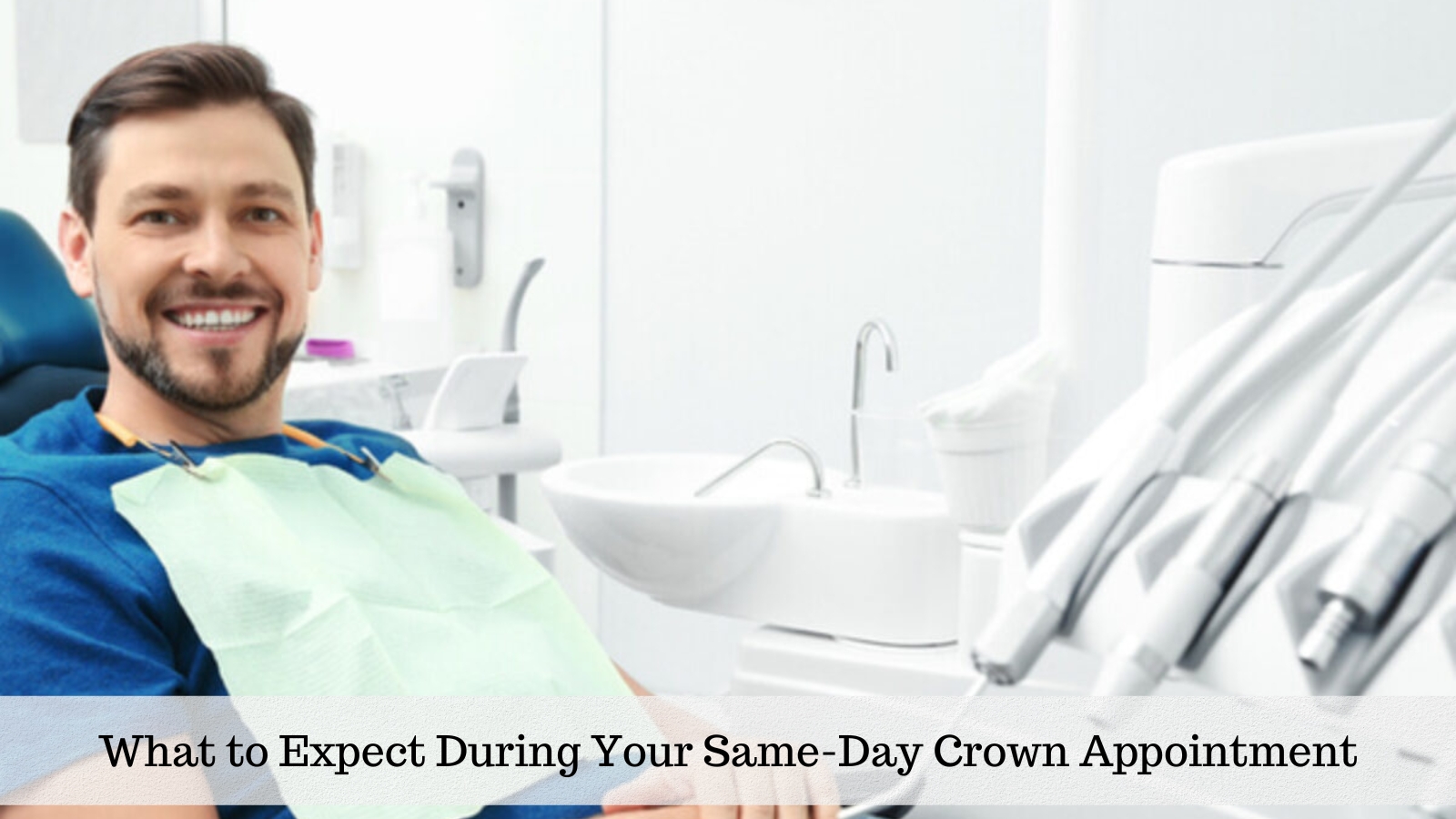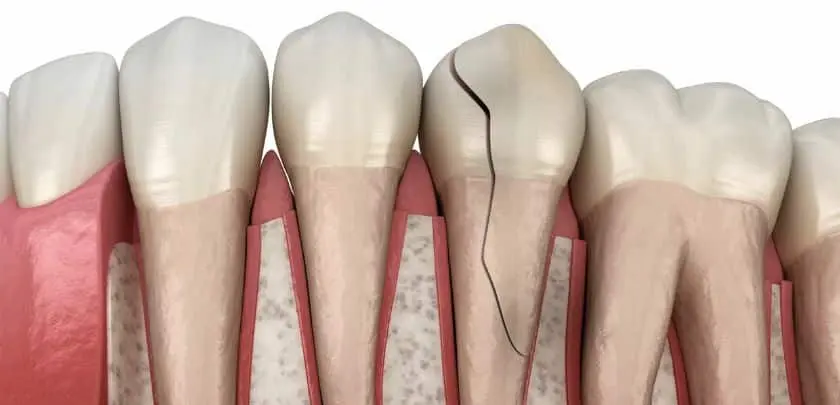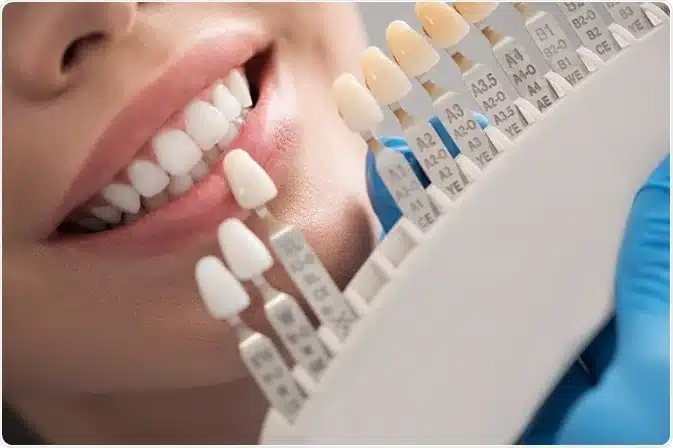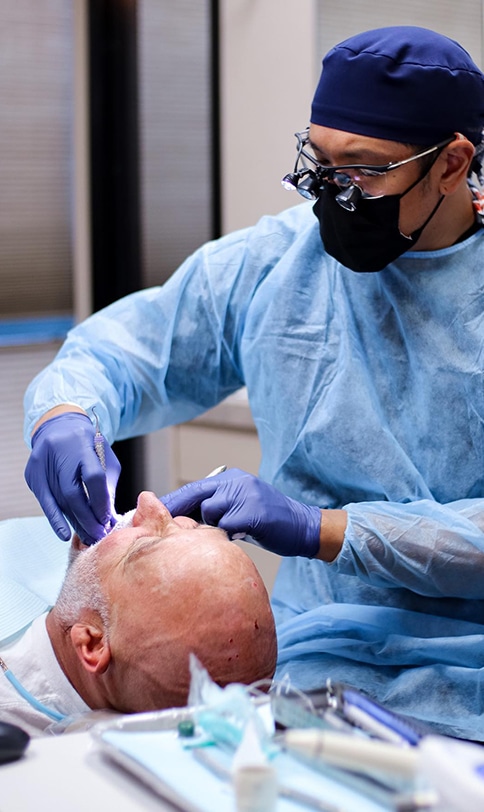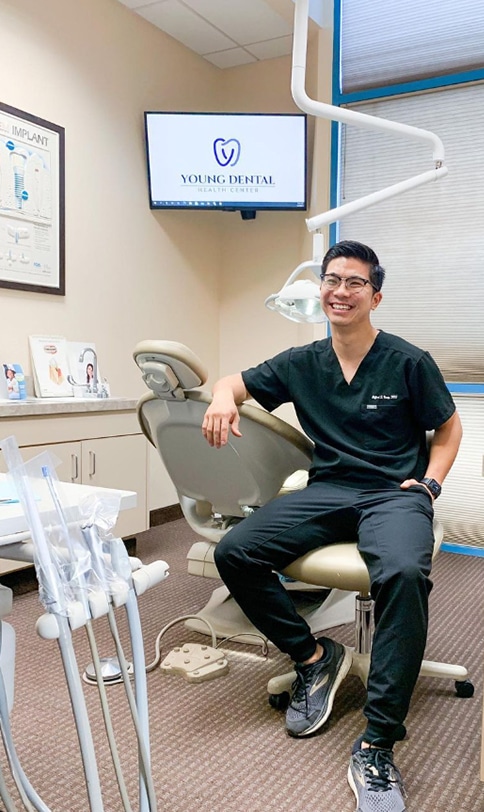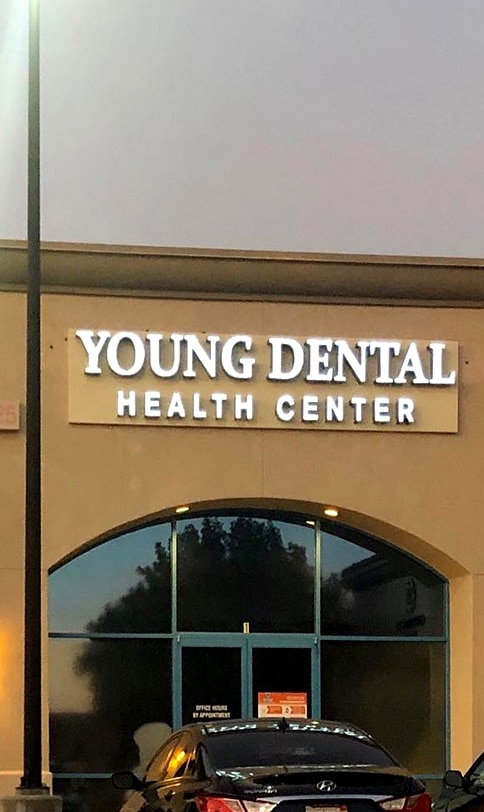E-mail Us
What To Do When Your Dental Crowns Break: A Guide
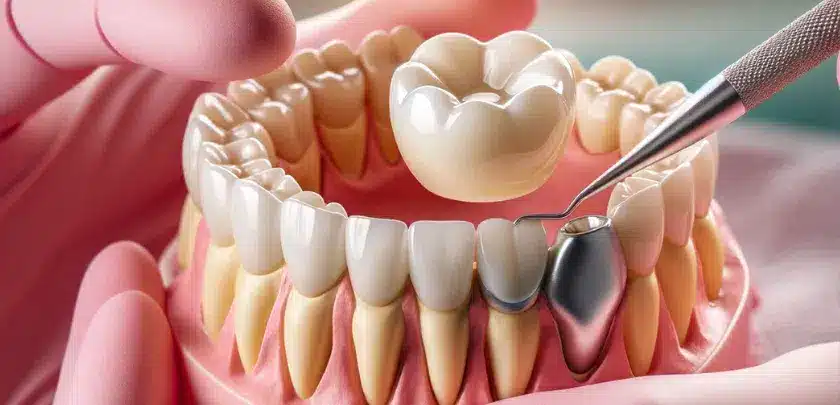
Dental crowns, those little caps that restore and protect teeth, are supposed to be strong and resilient. But like anything else, they aren’t invincible. If you experience a chipped or broken crown, the initial shock might leave you feeling overwhelmed. But fear not, fellow human! This guide will give you some insights on what to do when your dental crowns break.
Step 1: Assess the Damage and Maintain Calm
The sudden discovery of a broken crown can be unsettling. However, take a deep breath and assess the damage. Here’s what to consider:
- Severity of the Break: Is it a minor chip or a major crack? Is the underlying tooth exposed?
- Pain or Discomfort: Are you experiencing any pain or sensitivity?
- Location of the Broken Crown: Is it a front tooth or a tooth further back in your mouth?
Step 2: Secure the Broken Piece (If Possible)
If the broken piece of the crown is available and undamaged, you can attempt to temporarily secure it back in place. However, proceed with caution:
- Cleanliness: Gently rinse the broken piece with clean water to remove any debris.
- Avoid Adhesives: Don’t use any harsh glues or adhesives! These can damage the crown and surrounding tooth.
- Temporary Hold: If possible, try to hold the piece back in place with a damp cloth.
Step 3: Contact Your Dentist Immediately When Your Dental Crowns Break
Regardless of the severity of the break, contacting your dentist as soon as possible is crucial. Here’s why:
- Professional Repair or Replacement: Depending on the extent of the damage, your dentist might be able to repair the crown with dental bonding techniques. In more severe cases, they might recommend a complete replacement.
- Addressing Underlying Issues: A broken crown might indicate underlying problems like tooth decay or a weak bond. A dentist can identify and address these issues before proceeding with repairs.
- Minimizing Pain and Discomfort: If you’re experiencing pain or sensitivity, a dentist can provide relief and prevent further complications.
Step 4: Protecting the Exposed Tooth While You Wait
While you await your dental appointment, here are some tips to protect the exposed tooth:
- Chewing Cautiously: Avoid chewing on hard foods on the side with the broken crown. Opt for softer foods on the opposite side.
- Dental Wax for Temporary Relief: If the exposed tooth feels sharp or uncomfortable, you can apply a small amount of over-the-counter dental wax to the area for temporary relief. Be mindful not to swallow the wax.
- Maintain Oral Hygiene: Continue brushing and flossing your teeth as usual, but be gentle around the exposed area.
How did Your Dental Crowns Break?
There may be several factors that contribute to a broken crown:
- Chewing Hard Foods: Crunching on hard candies, ice, or nuts can put excessive stress on the crown, leading to cracks or chips.
- Teeth Grinding: If you grind or clench your teeth at night, it can weaken the crown over time.
- Trauma or Injury: A blow to the face or a fall can damage the crown.
- Pre-Existing Weaknesses: If the tooth underneath the crown had pre-existing weaknesses like decay or large fillings, it might be more susceptible to breakage.
Preventing Future Crown Breakage: Building a Fortified Smile
By following these tips, you can minimize the risk of your crown breaking in the future:
- Diet Considerations: Limit your intake of hard, chewy, or sticky foods that can put stress on the crown.
- Nightguards for Grinding: If you grind your teeth at night, talk to your dentist about using a nightguard to protect your crown and other teeth.
- Regular Dental Checkups: Schedule regular dental checkups to allow your dentist to monitor the crown for any signs of wear and tear.
- Open Communication: Discuss any concerns or habits like teeth grinding with your dentist. They can advise you on appropriate preventive measures.
A Radiant Smile Starts with a Proactive Approach
Dental crowns are a valuable investment in your oral health and smile. By understanding what to do in case of a broken crown and taking steps to prevent future breakage, you can ensure your crowns last for years to come. Remember, a proactive approach to oral hygiene, regular dental care, and good habits contribute to a healthy, confident smile.
Bonus Tip:
If you experience any pain or swelling after a broken crown, consider taking an over-the-counter pain reliever for temporary relief until your dental appointment. However, consult your dentist for further guidance on pain management.



